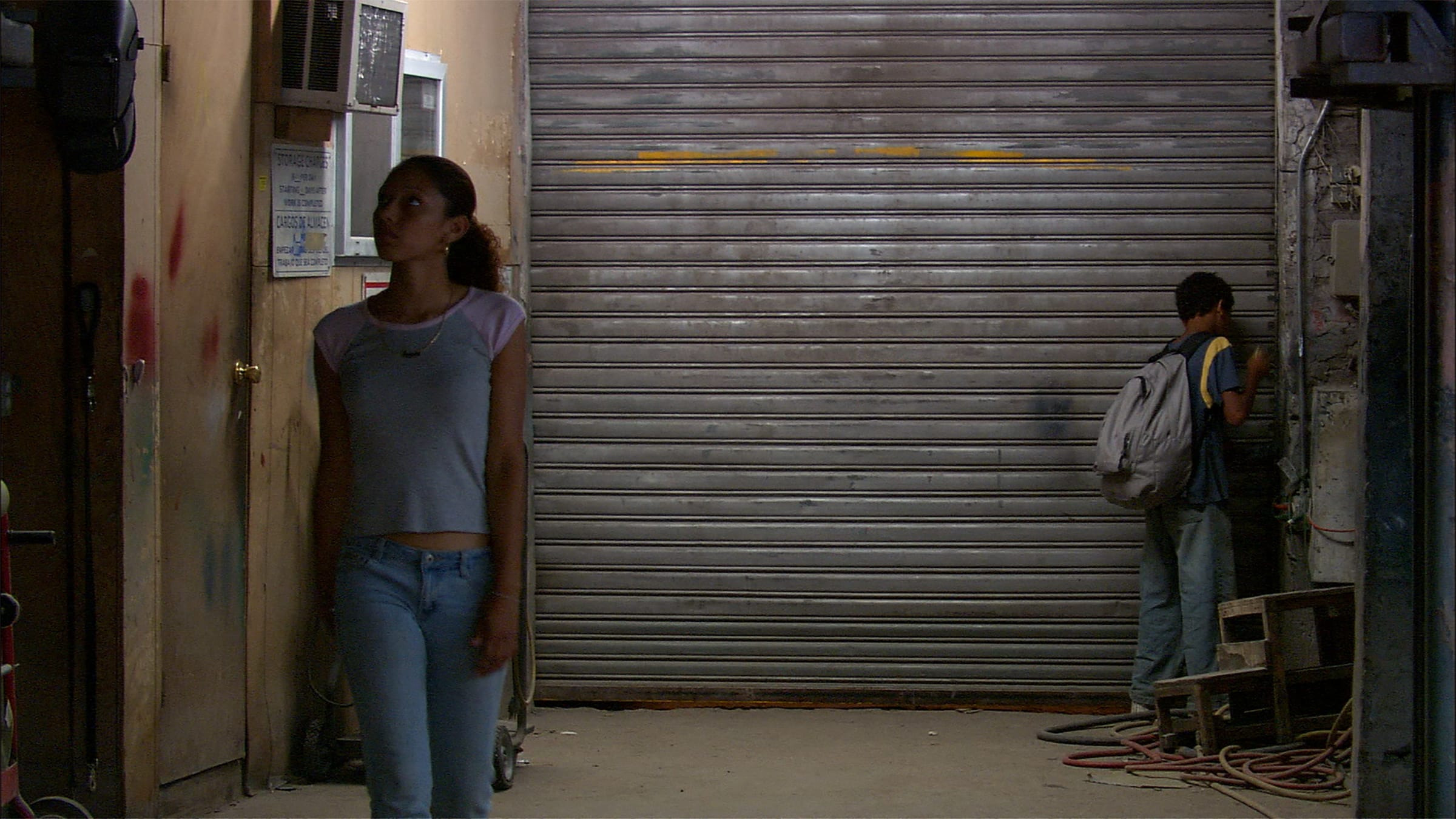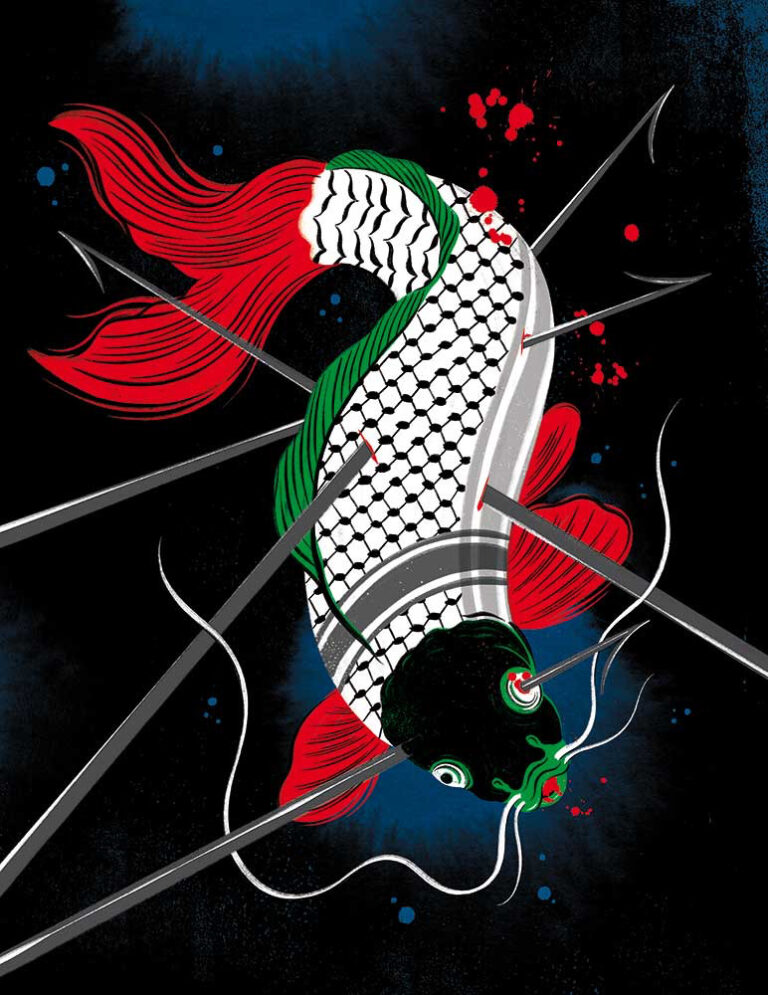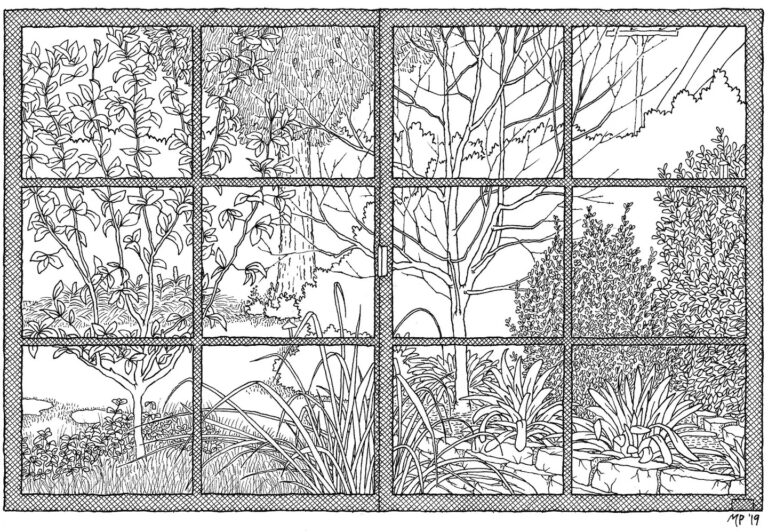Viet Thanh Nguyen remarks on Ramin Bahrani’s presentation of the darker side of America in this review of Chop Shop for The Criterion Collection.

Hollywood is the unofficial ministry of propaganda for the United States. Newcomers to this country typically begin their process of Americanization well before they arrive, having been exposed, for quite some time, to the long-distance bombardment of American blockbusters. In the Hollywood imagination, “America” is typically white and well-off, at least relative to most of the world. It is a shock, then, for many of these arrivals to discover that the portion of the United States they are settling in looks nothing like the movie fantasies of Manhattan or Malibu, Scarsdale or Shaker Heights. Seeing for the first time a gritty area of New York, or a heavily urbanized neighborhood of central Los Angeles, more than one of these newcomers have remarked, bemusedly, that they must be in a developing nation.
This is the America that Ramin Bahrani focuses on in a cluster of his early films: Man Push Cart (2005), Chop Shop (2007), and Goodbye Solo (2008). The filmmaker Trinh T. Minh-ha has called this landscape “the Third World within the First.” Now we would say “Global South” instead of “Third World,” but the impetus is the same, a recognition that centuries of colonialism and the voluntary and involuntary movements of people continue to shape our present. The vision that Trinh and Bahrani share is both an artistic and a political one, because even to recognize that there is a Third World within the First, or a Global South within the Global North, and that such a mixed culture is worthy of cinematic attention, is inherently political. As Bahrani himself has noted, he is “making films about how the majority of people in this world live . . . This majority is utterly ignored by Hollywood and independent film (95–99 percent of films seem only interested in how 1–5 percent of the population lives).” That is dreadful for American culture. For a young, talented, and ambitious filmmaker, however, that means that there is no shortage of stories to tell, just a shortage of funding with which to make such movies.
For the specific terrain of Chop Shop, Bahrani chose an area of Willets Point, Queens, called the Iron Triangle, situated near Shea Stadium, a place populated by auto-body-repair shops that range from honest, sweat-of-the-brow establishments to others that deal in stolen cars and stolen parts. The Iron Triangle had made an earlier appearance in American culture: in F. Scott Fitzgerald’s The Great Gatsby, as the “valley of ashes,” about “half way between West Egg and New York.” In this valley, “a line of gray cars crawls along an invisible track, gives out a ghastly creak, and comes to rest, and immediately the ash-gray men swarm up with leaden spades and stir up an impenetrable cloud, which screens their obscure operations from your sight.” In Hollywood’s versions of The Great Gatsby, the spectacular attraction concerns the people who, as Fitzgerald writes, “smashed up things and creatures and then retreated back into their money or their vast carelessness, or whatever it was that kept them together, and let other people clean up the mess they had made.” Bahrani instead chooses to look at these “other people”—not white and not rich, including those who have taken the place of Fitzgerald’s “ash-gray men.”

“Avoiding melodrama and grandiosity, Bahrani focuses relentlessly on the quotidian, and on the well of emotion that lies underneath deceptive surfaces.”
Some of them are not even men. Chop Shop focuses on twelve-year-old Alejandro, or Ale, and his teenage sister, Isamar (Izzy), as they work to support themselves in the Iron Triangle without the benefit of parents or relatives. Along with Goodbye Solo and Man Push Cart, Chop Shop established Bahrani for me as one of the most compelling directors of his generation (and mine). A filmmaker with a novelistic sense of intimacy and detail, Bahrani is also masterful at using understatement and silence. Avoiding melodrama and grandiosity, he focuses relentlessly on the quotidian, and on the well of emotion that lies underneath deceptive surfaces.
Chop Shop opens as Ale sits among men who, if not ash-gray, are all one shade or another of brown or Black, as is almost everyone in Chop Shop’s Third World, Global South, all-American milieu. These men await the arrival of a contractor in need of day labor. When he gets there, the contractor dismisses Ale, but the boy sneaks into the back of his truck anyway, only to be discovered a short while later and ejected onto the sidewalk. Ale’s specialty is climbing into crawl spaces, something the contractor doesn’t need for the day. Thus the tone is set; this is a movie about a boy who will crawl anywhere, into any tight space unsuitable for a full-grown man, evoking the chimney sweeps of Charles Dickens, in an industrial world that is not of the nineteenth century but currently very real for some children here in America, and for many children in many countries. Cosmopolitan viewers of a movie like Chop Shop would not blink an eye if it were set in postwar Italy, or contemporary Iran, or in almost any present-day country outside of Western Europe and the United States. But Chop Shop’s setting is only a few miles away from Wall Street, which might induce a twinge of unease for some of these cosmopolitan viewers, especially the American ones. This is our country?
This is indeed our country.
Without sentimentality, Bahrani tells the story of this country through the experiences of Ale and Izzy, whom Ale invites to share his room. She is the only relative of his that we know of, and his intense drive to succeed is as much about keeping her close as it is about his own future. Over the course of the movie, Ale and Izzy are almost always on the move, hustling. The hustle is part of the AMERICAN DREAM™, the Horatio Alger story, the magic trick of self-levitation, the act of pulling oneself up by one’s own bootstraps that Americans love to talk about so much. The self-made man (or more rarely, woman) is the American myth, born against the colonized, conquered landscape of the New World. His history is irrelevant, for all that matters is how he fashions himself. Thus, Ale and Izzy have no backstory, and no parents to whom they ever refer. Ale is almost the perfect capitalist, for capitalism cares nothing for human relations, only for the exploitation of others’ labor or of one’s own. Ale willingly exploits himself, because he has no other choice if he wants to lift himself and his sister out of poverty. He sells candy on the subway and hawks pirated DVDs, and, as he witnesses Izzy’s parallel struggle—working in a food cart, and then finding her own path away from him—his desperation grows, leading him to steal hubcaps and a purse. His steadiest job is working for one of the respectable body shops, run by Rob Sowulski, who plays a version of himself; the shop in the film is the one he actually owned. Rob may be white, but he is “ethnic” white, his ethnicity marked by his name, his accent, his working-class existence. A century ago, he would not have been “white” at all, and in the present moment, he is white of the ashen kind, a liminal figure in this alley of the Third World/Global South where Spanish is as likely to be spoken as English.

Sowulski; Alejandro Polanco, who plays Ale; and Isamar Gonzales, who plays Izzy, are all nonprofessional actors, as is everyone else in the movie; Bahrani also shot the movie among the Iron Triangle’s real-life shop owners and workers. The director’s aesthetic gestures at neorealism and cinema verité, although, as Bahrani has insisted, the actual process of making the movie was anything but spontaneous and owed as much to Werner Herzog as to Vittorio De Sica or Abbas Kiarostami. Thirty or more takes for each shot, each shot meticulously blocked out, the whole movie captured first in a practice run with a Handycam and with just a handful of crew members, so that the body-shop workers and other locals would be used to the presence of the filmmakers by the time of the actual shoot. Before then, the twelve-year-old Alejandro worked for Rob, after school, for six months. This period of apprenticeship comes through on-screen: in a handful of shots, Ale buffs, waxes, and sands cars, his small hands guided by the large hands of older workers, their touch gentle, perhaps even tender.
The tenderness, backed by roughness, is there in Rob’s treatment of Ale too. Rob shows no concern over the fact that Ale is not in school, but he does provide him with a job and a room above the shop, where Ale provides security at night. Rob is not exactly a father figure, but perhaps an avuncular one, who sees his relationship with Ale as mentoring rather than exploitative. When he pays Ale in cash and sees Ale count the money, he asks him why he’s doing that. When Ale does it a second time, Rob’s tone becomes threatening as he tells him not to do it again. Counting the cash transactionalizes a relationship that Rob prefers to see as one in which he is a patron. The other mentor in the alley, Ahmad, more of a big brother than an uncle, has no pretense about the work he is engaged in. He pays Ale for stolen hubcaps and introduces him to the nighttime work of his chop shop: disassembling stolen vehicles for their parts.
Between Rob and Ahmad, Chop Shop reveals something about the facade and cycle of capitalism, a moneymaking enterprise that depends as much on the legitimate body shop as it does on the illegitimate chop shop. Part of the beauty of Chop Shop is that Bahrani does not belabor this point. The movie is, first of all, a story, but the director’s choice of setting and characters allows him to seamlessly merge storytelling with social observation. That observation focuses primarily on Ale, who doesn’t intend to be an apprentice all his life. His drive to move up is signaled by his ambition to save enough money to buy a battered, overpriced food truck with Izzy. He saves the money (and steals some from Izzy) and buys the truck, whereupon his dream meets reality: the truck is too junky to be rebuilt. He has been cheated of thousands of dollars. This, too, is capitalism and the AMERICAN DREAM™.
The most difficult lesson Ale will learn, however, comes from his sister, whom he wants to protect, although she is older. But Izzy has absorbed the demands of survival as well. Perhaps more than survival—perhaps desire, the want for new, shiny things like the sneakers and nice clothes that she buys with money that she saves for herself and not just for the food truck. In the same way that Ale never tells her that he has stolen her money for the truck, she doesn’t tell Ale about where she earned some of that money. He discovers her secret one night when he and his friend Carlos go and watch a parked big rig in which prostitutes service their clients. Crouching in hiding and watching, the two boys giggle and joke about sex acts and their prices. Then Izzy emerges from the truck.

She has already lost her innocence. Now Ale loses his. The rest of the movie is an accumulation of experiences in Ale’s struggle for survival and success, which he engages in while trying to maintain his love and care for his sister. She does not yet know that he knows. What is unspoken between them will not erupt until the end of the movie. The tension underlies Ale’s pursuit of his material dreams, perhaps giving him an understanding that the desires that fuel capitalism are inseparable from the sexual desires that he is likely beginning to feel. Those desires power the sexual economy of which Izzy is a part—Izzy, who has no choice but to sleep alongside her brother in the single bed of his room. Unable to articulate his feelings, Ale can only fight to live in a system too immense for him to overcome, hoping for moments of grace like the one he and his sister share in the movie’s final image. It is early morning, the street empty, the customers not yet there. The night before, Ale interrupted Izzy and a client in an attempt to rescue her from something she has not asked to be saved from. Her secret can no longer be denied, but brother and sister say nothing about what has been revealed. Wordlessly, they feed a flock of city pigeons. The act is a gift, and not an exchange.
The giving of gifts is the hope and the grace of cinema—as of all art—which has as much a chance of existing outside capitalism as Ale and Izzy do. Knowing this, Bahrani does not offer escape or transcendence for Ale—a lottery ticket or a mysterious benefactor to lift him and his sister out of this alley and let them take flight like the pigeons in the final frame. Ale must continue to live in his world, as we live in ours, where Bahrani has turned our gaze to the chop shop. His movie is the gift, the brief moment of transcendence that allows us to see through the impenetrable cloud, to witness, on a screen, operations once obscure.


